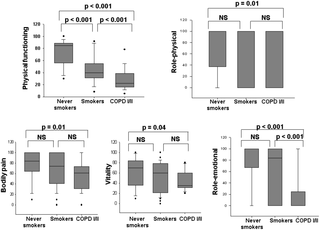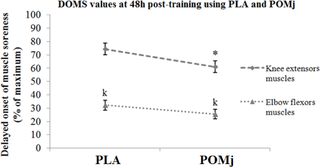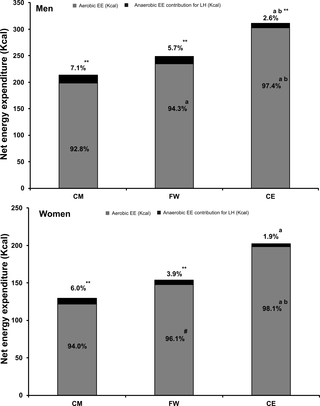1Bridgewater State Collage, Department of Movement Arts, Health Promotion and Leisure Studies and Department of Secondary Education, Bridgewater, MA.
2Springfield Collage, Department of Exercise Science and Sport Studies, Springfield , MA.
Resumen
Abstract
REFERENCIAS

Contaminación por una condición de control activo en un ensayo de ejercicio aleatorizado
ResumenLa contaminación se pasa por alto comúnmente en ensayos aleatorios. El presente estudio...

Fumar y la EPOC temprana como predictores independientes de la composición corporal, capacidad de ejercicio y estado de salud
ResumenLos efectos del humo del tabaco, la enfermedad de la EPOC leve/moderada y su efecto...

La suplementación con granada acelera la recuperación del daño muscular y el dolor y los marcadores inflamatorios después de una sesión de entrenamiento de levantamiento de pesas
Resumen Objetivo El objetivo de este estudio fue investigar el efecto de la suplementación natural...

Respuesta a gastos de aptitud cardiovascular y gasto de energía durante un protocolo combinado de entrenamiento de pesas aeróbicos y de circuito
Resumen Objetivos El presente estudio describe la respuesta de la absorción de oxígeno y el gasto...

El aumento de la 5α-dihidrotestosterona muscular en respuesta al entrenamiento de resistencia se relaciona con la masa del músculo esquelético y el metabolismo de la glucosa en ratas diabéticas tipo 2
ResumenEl ejercicio de resistencia regular induce la hipertrofia del músculo esquelético y la...
